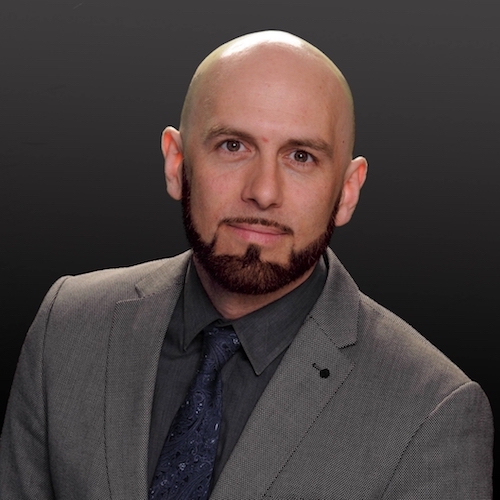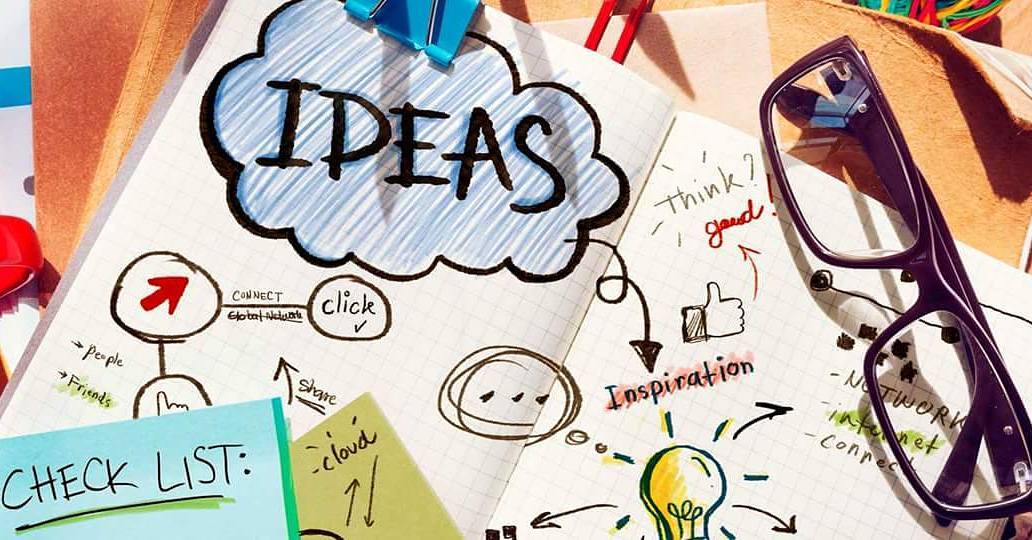
Author:
Graeme Sibirsky
Date:
Thursday, Nov 19 2020
Reading Time:
~5 mins
In 2019, STAIRS ACADEMY’s Educational Nonprofit was invited by the NYCDOE to participate in the Imagine NYC Schools initiative, in the hopes of creating a new innovative public school. In March 2020 the program was cut short by the COVID-19 Pandemic, when NYC’s priorities shifted from new school creation to surviving and maintaining existing schools, coming out of this crisis. One of the things asked of us was “What is your ‘Bold Idea’?”, what new ideas are you bringing to the table in your vision of a school? The following, written in 2019, was our answer.
* Please note that these ideas were developed in collaboration, however, only the lead applicant was asked to create a video explaining our “Bold Idea” and it had to be exactly 5 minutes long. In our next video, several members of the team explain our vision together.
“The primary sources of content are no longer teacher lectures or textbooks. The role of the teacher is to facilitate understanding while maintaining rigor and encouraging creativity. Learning is not dependent on what you know, but on how to find information and how to use that information quickly, imaginatively, and cooperatively.”
What is our “Bold Idea”? …
The name “STAIRS ACADEMY” – the School of Technology and Arts Innovation Reaching for Success, indicates increased attention to Arts and Technology, as well as “innovative” educational practices – blended learning, mastery learning, flipped classroom, outside classroom, Advisory and much more.
But let’s do a deeper dive.
Stairs Academy’s FIVE Key Elements of focus are Culture, Literacy, Arts, Technology and Health. These are crucial elements of education, that often fall by the wayside in traditional public schools.
Let’s lean in a little more.
We start with Culture, which includes cultural competence, culturally relevant and responsive teaching and celebration of cultural diversity. We also refer to our overall school culture, which will be warm, inviting, inclusive, restorative, compassionate and include an atmosphere of excitement and wonder. Without a strong school culture in place, you cannot achieve academic excellence.
We include Literacy next, because it’s the foundation on which all other learning is built. Students need to be able to listen for understanding, read for comprehension, speak and write with confidence and clarity and ask the right questions. When language skills are lacking, all academics suffer. This is why we advocate Writing Across the Curriculum and have Early Childhood Literacy specialists on our team.
The Arts and Technology are important subjects for many reasons. They can promote student voice and career readiness, in light of changes in the future of work. Arts, STEM and STEAM programs develop high levels of creative thinking, problem solving, improvisation, patience, stamina and persistence in the face of struggle. However, the reason the Arts and Technology are so crucial and not simply optional extra-curricular activities, is that they lend themselves to better Differentiation.
Students with multiple entry points and numerous ways to express themselves and are better engaged. This has been shown in countless studies, was my experience as a student in the New York public school system and proves true in the work my colleagues and I do with children every day.
Arts and Technology immersion provides students with outlets to push their thinking, present their learning, and develop 21st Century skills, opening up important career paths.
Another part of our big idea is Health. This includes the food you eat, sleep you get, exercise and basic physical needs being met. It also includes mental and emotional health, self-esteem and a sense of belonging.
We believe that by improving students’ diet at school, with healthy foods and snacks that we provide, and through educating families to the benefits of healthy living, by increasing the amount of physical education, exercise and movement students participate in, and creating a culture which addresses the social and emotional needs of our students, we can lower stress levels, increase brain function, improve mood, and enable our students to achieve higher academic levels. Simply put, if you are physically and emotionally healthier, you will learn better.
In our community outreach we’ve heard from students, professors and parents, that: The primary sources of content are no longer teacher lectures or textbooks. The role of the teacher is to facilitate understanding while maintaining rigor and encouraging creativity. Learning is not dependent on what you know, but on how to find information and how to use that information quickly, imaginatively, and cooperatively.
Our students tell us every day that each of them is a unique individual who needs a secure, caring and stimulating atmosphere in which to grow and mature emotionally, intellectually, creatively, physically, and socially. They tell us – and they show us – that they learn best in an environment where their personal strengths are emphasized; where they are respected; and where their needs are met on a holistic level.
So, our “Big Idea” is simply using Culture, Literacy, Arts, Technology and Health to satisfy Maslow’s needs and combining that with Universal Design Learning, using differentiation to address multiple learning styles and remove obstacles to the learning process
If … we are responsive to students’ needs and reduce barriers to instruction, then … our pedagogy and curricula will be accessible, inclusive and effective for all students.
Why is that bold? …
We think it is BOLD to put Culture first.
We think it is BOLD to increase Arts and Physical Education, when the trend is to cut Arts and Physical Education and spend more time for academic subjects.
We think it is BOLD to offer services that push-in to help students, rather than pull students out of music, art, dance, drama or technology for special services.
BOLD to fight to lower class size, to improve the teacher-student ratio so that educators can give their students the attention that they need.
We think it is BOLD to state that school must be fun! Not should be, or could be – must be.
The focus on things like culture, literacy, the arts, technology and health, is that it makes school engaging, gives students voice and choice, is fun and challenging at the same time, and creates a place that students and staff will want to come to everyday, where they will love school and give themselves over 100% to the learning process.
In historically underserved communities, students do not always enjoy the type of school culture we are describing. Educators struggle to improve their methods and lessons, in a room all by themself. Administrators face budget cuts for basic materials, professional development and enough staff to properly deliver instruction, without much engagement from parents or community.
Improvements like what we propose can not be made by individuals or in a vacuum. It takes a village, forging partnerships, building and becoming a community of families and educators, reaching for success, one step at a time.
